Whenever I hear the name John Marin, an odd fact comes back to me: in 1948, Look magazine named him America’s No. 1 artist, based on a poll of curators and artists.
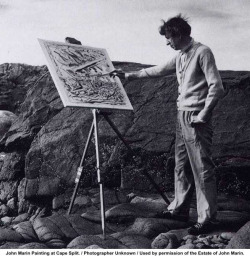 It’s a puzzlement: I appreciate and, in fact, like his work, but he never struck me as the best of American modernists, let alone the broader universe of artists. Nowadays, his work often gets a shrug. From his day, Marsden Hartley, Georgia O’Keeffe, and Stuart Davis — to name just three — outshine him. The last big exhibition of his work may have been in 1990, when the National Gallery of Art mounted Selections and Transformations: The Art of John Marin.
It’s a puzzlement: I appreciate and, in fact, like his work, but he never struck me as the best of American modernists, let alone the broader universe of artists. Nowadays, his work often gets a shrug. From his day, Marsden Hartley, Georgia O’Keeffe, and Stuart Davis — to name just three — outshine him. The last big exhibition of his work may have been in 1990, when the National Gallery of Art mounted Selections and Transformations: The Art of John Marin.
But now comes a documentary: John Marin: “Let the Paint be Paint!” Made by independent filmmakers Michael Maglaras and Terri Templeton, it debuts on Dec. 11 at the Portland Museum of Art in Maine, followed by a national tour next year.
Maglaras also made Cleophas and His Own, a film of the poem Marsden Hartley wrote about his experiences in Nova Scotia with a family named Mason. That’s when he and his wife, Templeton, formed 217 Films, which he self-finances. The films are, his PR rep says, labors of love. The duo went on to film Visible Silence: Marsden Hartley, Painter and Poet, and now the work about Marin, which was shot at his summer home on Cape Split in Addison, Maine. The Portland Press Herald/Maine Sunday Telegram has more about the story of the film here.
The filmmakers are writing a blog about their work here. And they’ve posted clips on YouTube, the first one being here.
Filmmakers about visual artists have a tough task: if it’s about the artist’s life, instead of his/her art, it often doesn’t do the job of helping people to appreciate the work. On the other hand, if it’s a film of visual closeups of paintings, plus narration and still photographs, it tends to be of interest only to people already interested in the subject.
Judging from the YouTube clips, “Let the Paint be Paint!” follows the latter formula. But I’m hoping it helps me, and others, understand why Marin was No. 1 in 1948.
Photo: Courtesy the Estate of John Marin

 Launched on Nov. 5, it’s called “What’s Out There” in hopes that people will send in submissions, which will be vetted before being posted. It now includes 75 landscape types, 14 landscape styles, 380 landscape architects and designers, and more than 650 sites nationally, but it needs your input — and seems to be a worthy cause.
Launched on Nov. 5, it’s called “What’s Out There” in hopes that people will send in submissions, which will be vetted before being posted. It now includes 75 landscape types, 14 landscape styles, 380 landscape architects and designers, and more than 650 sites nationally, but it needs your input — and seems to be a worthy cause. 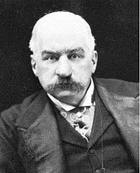
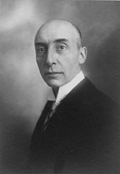 But after seeing the Hudson-Fulton show and visiting several private collections here, an eminent European art scholar named Ludwig Justi (right), Director of the Berlin National Gallery, was moved to dissent. Back home in
But after seeing the Hudson-Fulton show and visiting several private collections here, an eminent European art scholar named Ludwig Justi (right), Director of the Berlin National Gallery, was moved to dissent. Back home in 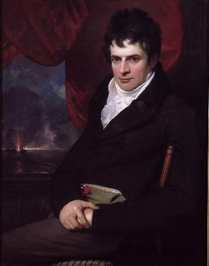
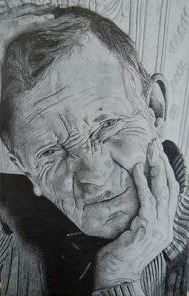 Mincher is the winner of the Saatchi Gallery-Sunday Telegraph Art Prize for Schools, 2009, which I wrote about
Mincher is the winner of the Saatchi Gallery-Sunday Telegraph Art Prize for Schools, 2009, which I wrote about 
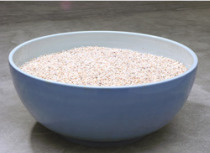 The Times interview doesn’t add much to the body of knowledge about Ai and his positions. He’s been outspoken, and is readily available to the press, in person, on the phone and in email interviews. And the art press has paid attention. But today’s story may raise the temperature in China, which in the past, at least, has cared about what the Times says (and other Western media, too).
The Times interview doesn’t add much to the body of knowledge about Ai and his positions. He’s been outspoken, and is readily available to the press, in person, on the phone and in email interviews. And the art press has paid attention. But today’s story may raise the temperature in China, which in the past, at least, has cared about what the Times says (and other Western media, too).